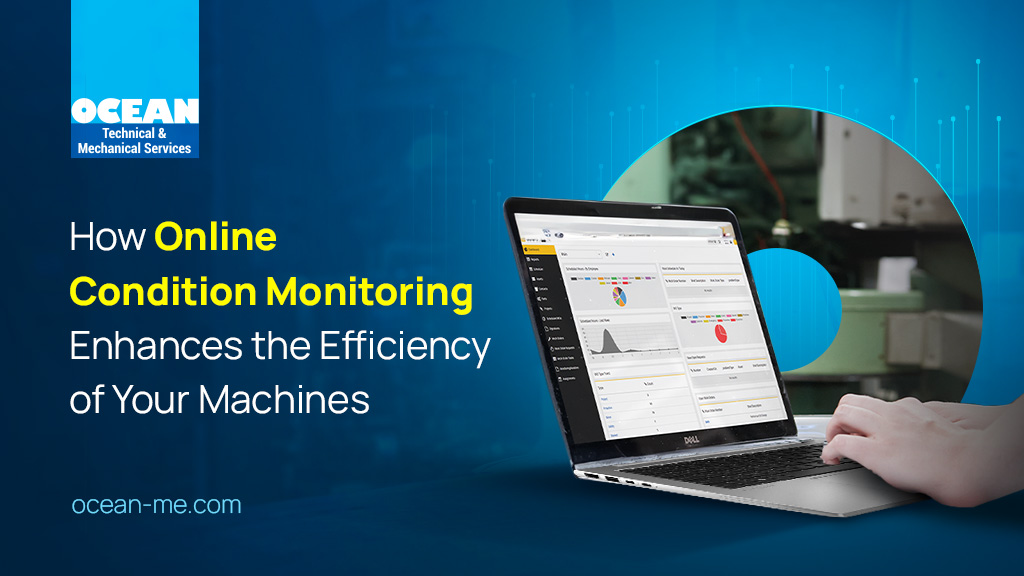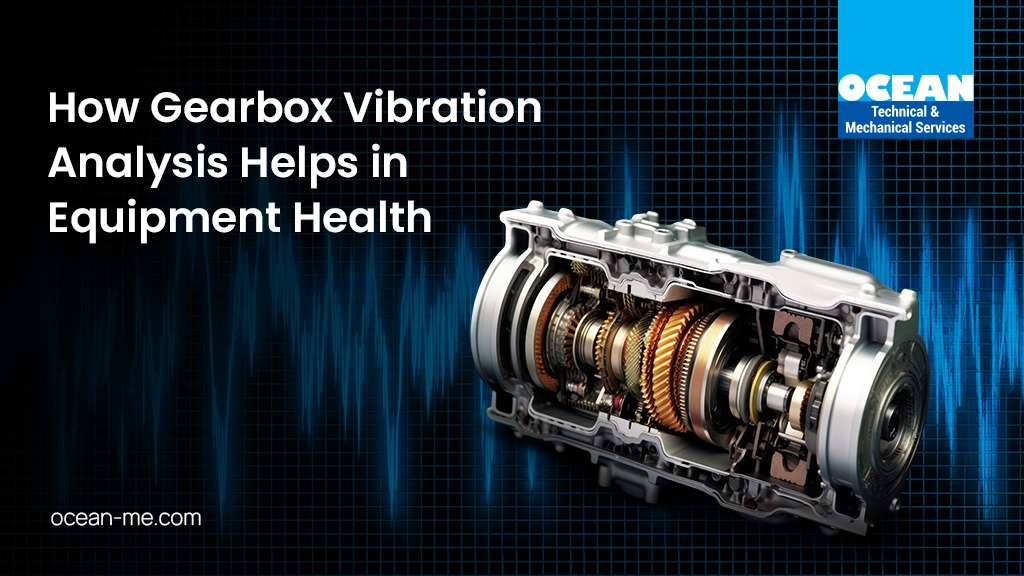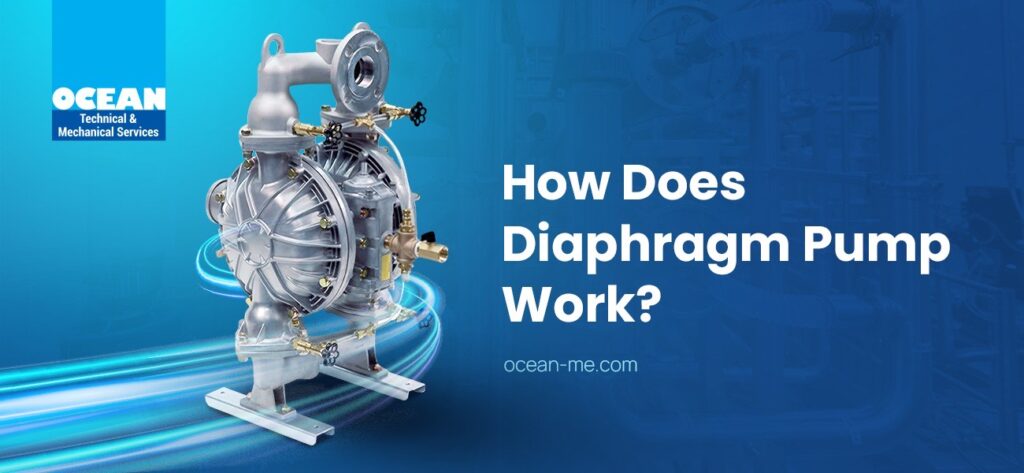Our Services
Advanced Vibration Analysis
Advanced Vibration Analysis
Advanced Vibrations Analysis (AVA) is a modern approach presented at a theoretical-practical level that explains mechanical vibration concepts in detail, concentrating on their practical use.To detect the anomalies and to evaluate the equipment, monitor and measure the levels and patterns of vibration signals within a component, machinery, or structure is known as Vibration Analysis (VA).
The condition of the rotating machinery is evaluated through advanced vibration analysis. Precisely, vibration analysis forms an integral part of a condition monitoring services.
These vibration sensors typically consist of sensitive components that respond to mechanical movements, converting them into electrical signals that can be analysed. To determine the performance of the equipment and diagnose the issues, technicians will measure and analyse machine vibrations.
How to Measure Vibration Analysis?
Vibration analysis is measured in terms of displacement, velocity, and acceleration. Let’s have a detailed study.
- Displacement is the distance covered. For vibration, we typically use microns (1/1000 mm) or mils (1/1000 inch) as units, since the distances are lower.
- Velocity is the time rate of change of displacement. The units are measured in mm/s or IPS for vibration.
- Acceleration is the rate of change of velocity. For the acceleration for vibration, we use m/sec2, in/sec2, as well as the acceleration of gravity “G”.
Predictive maintenance through vibration analysis is categorised into the following groups:
- Periodic measurement of overall values and spectra.
- Online condition monitoring.
Vibrometers and Frequency Analyzers are periodic measurement tools and online vibration monitoring can be done using an automated system.
Vibration Analysis Process
The vibration analysis process consists of various steps as follows:
Gather Initial Data: It is crucial to gather data about the equipment /structure and operating conditions such as temperature, speed, and load.
Measure Vibrations: This step typically involves measuring the amplitude of the vibration of a machine or system-generated output. For this, you can rely on the attached velocity sensor and displacement sensors. The acceleration of a vibrating object can be measured in three directions: up-and-down, side-to-side, and front-to-back, accelerometers use high-frequency responses. Examples of accelerometers are – Piezoelectric accelerometers, proximity probes, Laser Doppler vibrometers, etc.
Analyse The Data: After collecting, the next step is analysing. In this stage, you need to use software to identify vibration patterns and data trends. This can be done in various methods as follows:
- Time domain analysis: Technicians can find and assess the signal data directly from the time wave.
- Fast Fourier Transform (FFT): It converts the time-domain signal into a frequency-domain signal in frequency domain analysis.
- Envelope analysis: Demodulation is the process of separating the high-frequency impact signals caused by broken bearings from the overall vibration signal.
- Modal analysis: A machine’s natural frequencies, mode shapes, and damping characteristics are considered in this process.
Analysing the Results: After all the analysis is made, it’s time to interpret the results. Expert vibration analysts needed to understand the frequencies associated with numerous mechanical issues.
Implement Corrective Action: The last stage is to set alarm thresholds. Commonly used types of alarm thresholds are Absolute thresholds, Trending thresholds, and Statistical thresholds.
Applications of Vibration Analysis
The versatility of vibration analysis makes it a methodology widely used across a wide range of industries and types of equipment.
- To monitor the condition of motors, gearboxes, conveyors, and machine tools.
- To optimise production processes
- To reduce the risk of equipment failure and improve overall plant efficiency
- To help engineers optimise their designs
- To identify and address issues like excessive vibration, resonance, or material fatigue
- To enhance the reliability and longevity of aircraft systems
- To help turbine operators monitor turbine health
- To identify blade imbalances, gearbox failures, and/or bearing defects
Ocean-Me Ensures the Safety of your Machines
Ocean-Me is an engineering company in Oman that helps maintenance teams improve the reliability, efficiency, and safety of their equipment by utilising vibration analysis principles. Our advanced platform is designed to optimise asset performance and streamline operations for manufacturing companies. By detecting machine faults early through vibration analysis, our solution is a valuable tool in predictive maintenance.
We offer an integrated platform for condition monitoring services such as partial discharge testing, infrared thermography testing, laser shaft alignment services, etc that allows teams to efficiently set up metres to observe and measure asset health. This platform seamlessly connects to vibration sensors installed on key assets, simplifying the storage and accessibility of crucial machine data.





